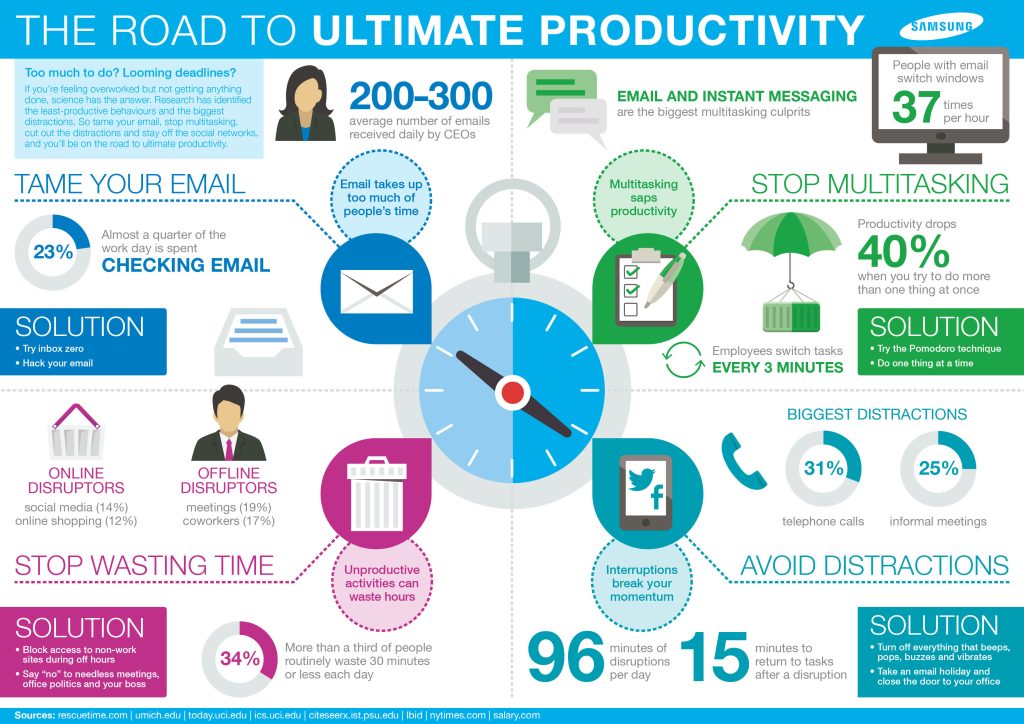Most of us tend to hyperfixate on our weaknesses. But reflecting on your innate strengths—the skills that come naturally to you and set you apart—can help you maximize your potential and make a unique impact in your role.
General strengths are competencies and are often driven by externally motivating factors. Think of the skills you have to acquire for your work (maybe working with Excel spreadsheets) or your daily life (maybe diapering a baby).
Innate strengths, on the other hand, are internally motivated and oriented. These strengths are instinctive, differentiating, and energizing. Because they come easily to us, we might even feel intrinsically motivated to do them. For example, if there’s part of a project you find yourself consistently starting with, or a task you particularly enjoy, it probably requires skills that you’re innately good at.
Because most of us overlook our innate strengths, we often need external data to help us recognize them. There are several ways to begin gathering that data:
Start by asking mentors and colleagues for their feedback. Questions like, “What situations do I thrive in?” or “What makes me a good team contributor?” or “What type of work do you see me get excited and energized by?” can reveal strengths you might overlook. Their insights, drawn from observing and working closely with you, are valuable data.
Then, put yourself in new situations. Look for opportunities to take on tasks, projects, and responsibilities. Pay attention to what you gravitate towards naturally and pick up easily. New experiences can activate hidden strengths that remain dormant in familiar settings.
Finally, be aware of your biases. Be mindful not to project your strengths onto others. Not everyone has the same innate strengths as you. When someone doesn’t meet your expectations, reflect on whether it’s because they lack a skill you naturally possess. This awareness can help you better understand yourself and your collaborators.
In a world that asks you to obsess over self-improvement, try to forget about your weaknesses for a while. They’ll still be there when you come back to them. Instead, do the most radical thing you can: Work to identify and develop your innate strengths, and then use them with intention.
For a deeper dive into discovering your strengths, and the strengths of your teammates, consider the following classes from Learning & Organization Development.
- CliftonStrengths for Managers (in-person) on October 24th
- CliftonStrengths for Individual Contributors (in-person) on November 18th
References:
Harvard Business Review (2024, June 19) Sanyin Siang: Identify – and Develop – Your Natural Strengths






